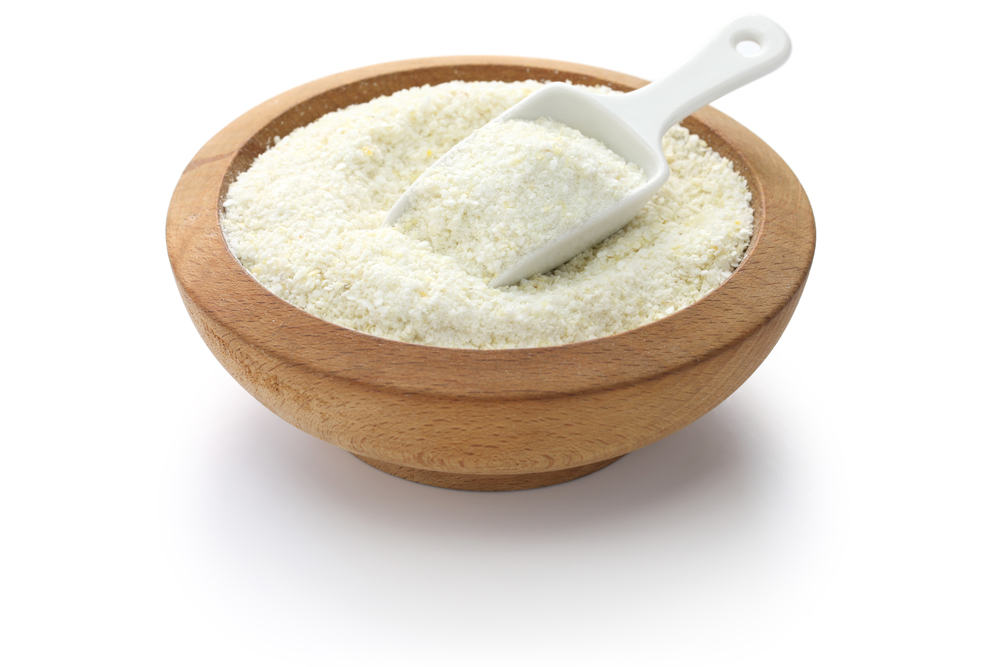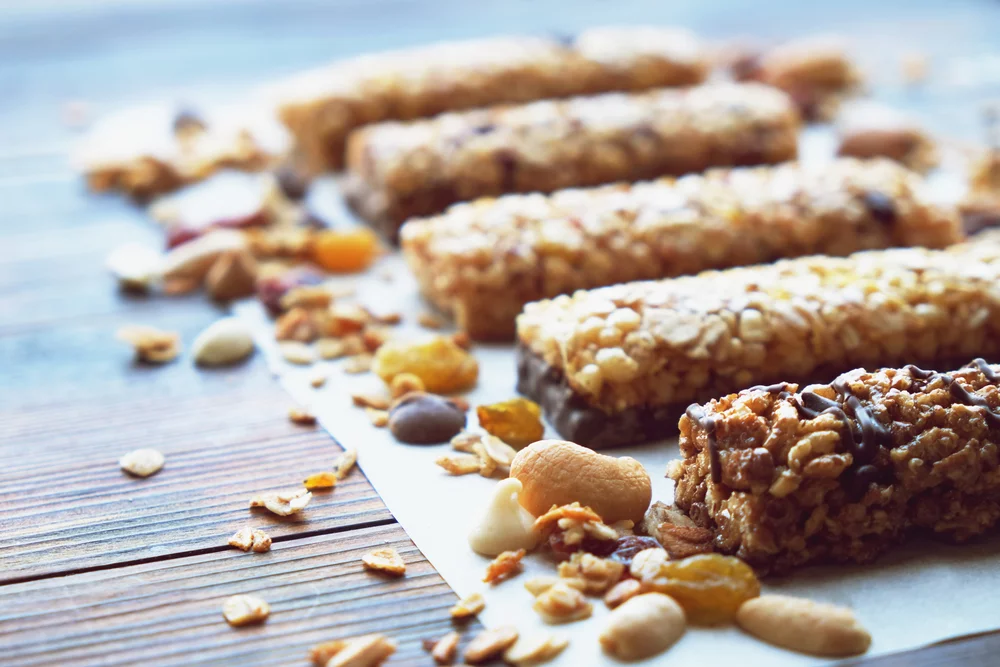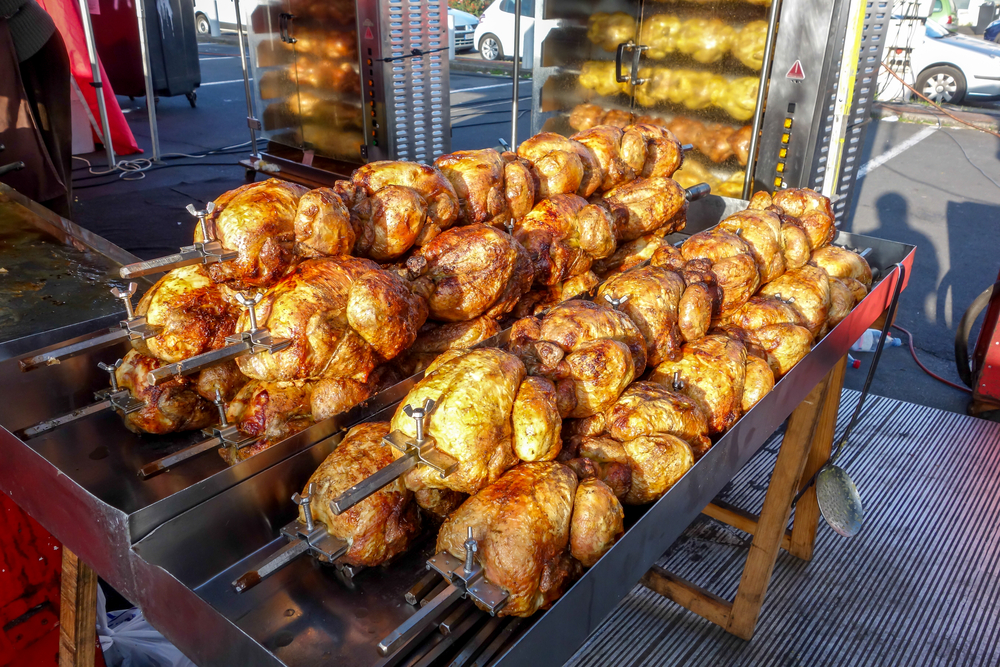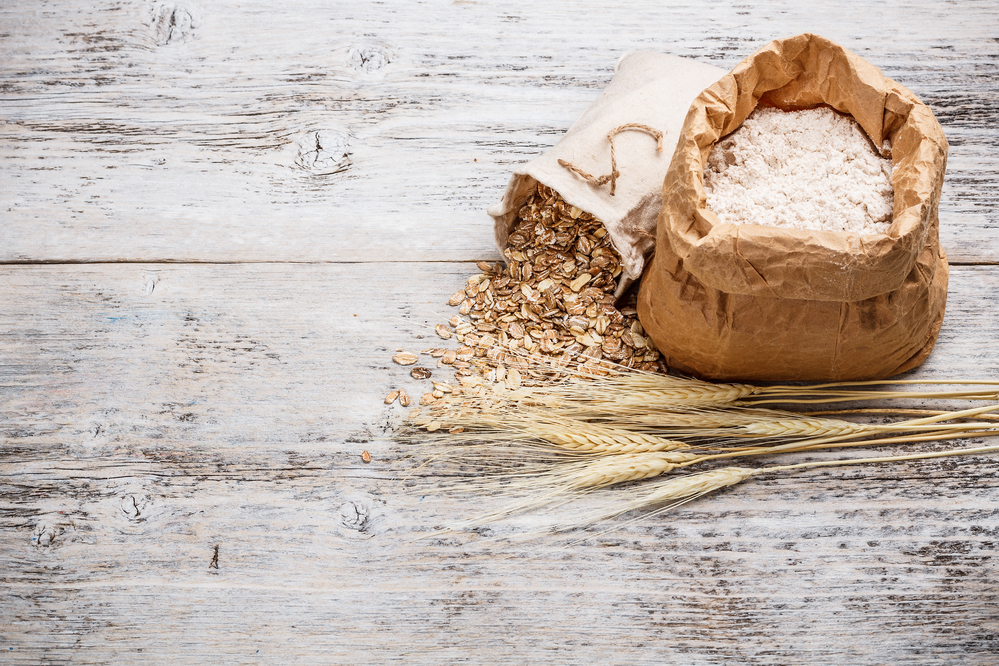Cracker meal, a versatile ingredient often used in various recipes, offers a crisp texture and a mild flavor that complements many dishes.
However, there are times when cracker meal might not be available in your pantry, or you might be looking for a healthier or more diverse substitute to suit your dietary preferences.
Luckily, there are plenty of alternatives to choose from, whether it’s for a specific dietary need, like gluten-free or paleo options, or simply adding a unique twist to your favorite dish.
One common reason for seeking a cracker meal substitute is to accommodate certain dietary restrictions or preferences. With the growing number of gluten-free and paleo options at the grocery store, it’s easier than ever to find ways to satisfy these needs, in addition to discovering new options for homemade cracker meal.
Additionally, an array of vegetables can be utilized as substitutes, providing a more nutritious and wholesome alternative.
Key Takeaways
- Explore diverse cracker meal substitutes for various dishes and dietary needs
- Consider gluten-free, paleo, and homemade options for healthier alternatives
- Utilize vegetables as substitutes for added nutrition and unique flavors
What is Cracker Meal
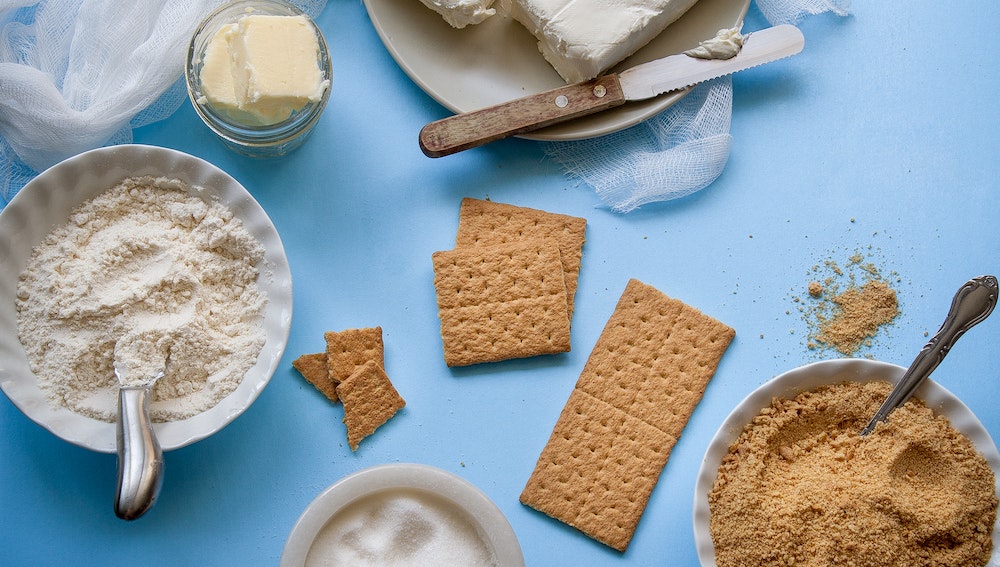
Cracker meal is a type of processed, finely ground flour made from crushed crackers. It is often used as a breading or coating for fried foods, such as fish or chicken, to provide a crispy, crunchy texture. In addition, it can be incorporated into savory recipes as a binder or thickening agent.
One common use of cracker meal is in meatloaf, where it offers flavor and helps to hold the ingredients together.
Cracker meal comes in various types and grades, depending on the type of crackers used and the level of fineness of the grind. It can be made from saltine crackers, butter crackers, or other varieties, each of which imparts a slightly different flavor and texture to the finished product.
You can also easily make cracker meal at home by crushing the crackers of your choice either by hand or with a food processor.
There are some nutritional benefits to using cracker meal, as it often comes fortified with essential vitamins and minerals. However, one should remain aware of its sodium content, especially when using a saltine-based cracker meal, as it can significantly contribute to the sodium levels in finished dishes.
Why Substitute Cracker Meal
Cracker meal, made from finely ground crackers, serves as a popular coating or binding ingredient in various recipes. However, there are several reasons one might consider substituting cracker meal in their dishes.
One primary reason for seeking a substitute is health. Traditional cracker meal often contains high levels of sodium, unhealthy fats, and artificial ingredients. Consequently, choosing alternative options can lead to a more nutritious meal, catering to health-conscious individuals.
Another reason revolves around dietary restrictions. Many people follow specific diets due to religious beliefs, allergies, or personal preferences. For instance, those adhering to a gluten-free diet cannot consume cracker meal, as it typically contains gluten from wheat flour.
Similarly, vegetarians and vegans may avoid certain types of cracker meal due to the presence of animal-derived ingredients.
Lastly, availability and convenience play a significant role in seeking cracker meal substitutes. One might not have access to cracker meal in their pantry, prompting the need for an alternative that can still deliver a similar taste and texture. Furthermore, using substitutes allows individuals to experiment with new flavors and customize their dishes to their liking, resulting in a versatile and satisfying culinary experience.
Cracker Meal in Recipes
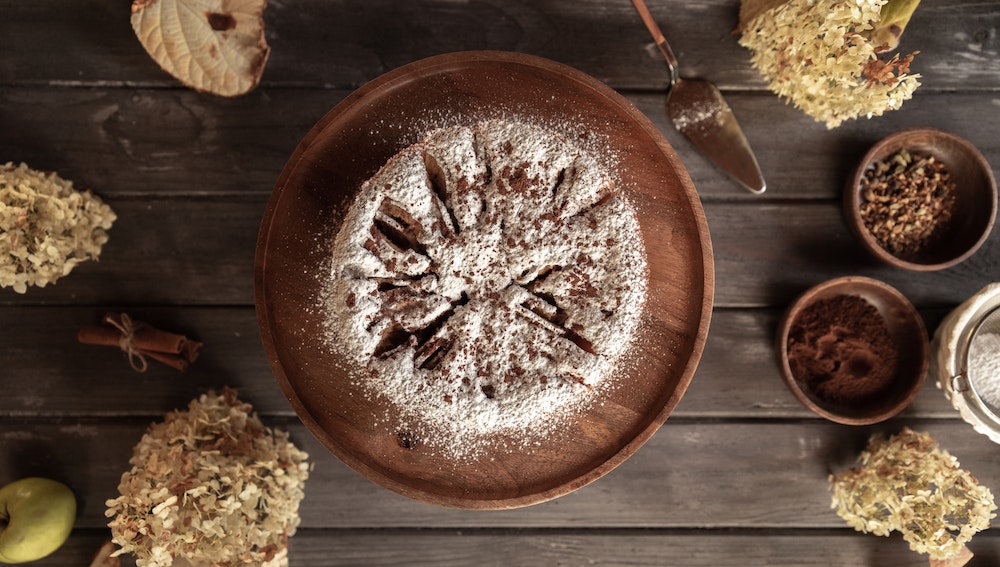
Cracker meal is a versatile ingredient often used in various recipes to enhance texture and flavor. It significantly adds to the consistency and structure of different dishes like meatballs, casseroles, bars, and veggie burgers.
In meatball recipes, cracker meal acts as a binding agent that holds the mixture together. It absorbs moisture from the meat and other ingredients, ensuring that the meatballs stay firm and round while cooking. Using cracker meal in your meatball recipe will result in tender, juicy, and flavorful meatballs.
Casseroles benefit from the inclusion of cracker meal as well. It serves as a topping to add a pleasing crunchy texture, contrasting against the soft, tender ingredients inside the casserole. Incorporating cracker meal into the filling also helps thicken the dish, providing a cohesive and satisfying meal.
Bars, often sweet treats made with various combinations of ingredients like nuts, fruits, and chocolate, can utilize cracker meal as a base or filler. The cracker meal adds substance and stability to the bars, keeping them firm yet still crumbly.
The presence of cracker meal also helps counterbalance the often-rich flavors in bars, adding a neutral and slightly savory element.
Veggie burgers, which are growing in popularity due to increased interest in vegetarian and plant-based diets, can find the use of cracker meal incredibly helpful.
The addition of cracker meal assists in binding the patty, preventing it from falling apart while grilling or frying. Cracker meal can also contribute to the overall flavor profile of the veggie burger, offering a hint of savoriness.
In conclusion, cracker meal is a valuable ingredient to use in your recipes, adding structure, texture, and flavor.
Bread-Based Substitutes

Bread-based substitutes are a great alternative to cracker meal when it comes to binding ingredients, adding texture, and providing structure in various recipes. In this section, we will discuss several options, including bread, breadcrumbs, panko bread crumbs, and matzo meal.
Bread can be easily used as a cracker meal substitute, especially when it is stale or toasted. To use bread, simply tear or cut it into small pieces and process in a food processor or blender until a fine, crumb-like consistency is achieved.
Bread is an excellent option because it is readily available and can be customized to suit different flavor profiles in a recipe.
Breadcrumbs are another common substitute for cracker meal. They come in different forms, such as fresh or dried, and can also be flavored or unflavored. Like bread, breadcrumbs can be made at home using stale or toasted bread processed into a fine texture.
Dried breadcrumbs absorb moisture well and work effectively as a binding agent in recipes, while fresh breadcrumbs create a lighter and airier texture.
Panko bread crumbs are a Japanese-style breadcrumb made from crustless white bread that has been processed into large, airy flakes. They are light and absorb less grease than other breadcrumbs, making them ideal for creating a delicate, crunchy texture in dishes like breaded chicken or fish.
Panko bread crumbs can be used as a substitute for cracker meal, but keep in mind that their larger flakes may alter the texture of the final dish.
Matzo meal, made from ground unleavened matzo crackers, is another bread-based option to replace cracker meal. Matzo meal has a similar texture to breadcrumbs and acts as an effective binding agent in recipes.
This substitute is particularly suitable for those observing Jewish dietary laws or looking for a more neutral flavor in their dishes.
When choosing a bread-based substitute for cracker meal, consider the specific requirements of the recipe and the desired outcome. The texture, flavor, and absorbency of the chosen bread product will all play a role in the success of the dish.
Graham and Animal Crackers
Graham and animal crackers are popular snack options that can also serve as excellent substitutes for cracker meals. Made from a combination of whole wheat flour, sugar, and a touch of cinnamon, these crackers offer a wholesome and slightly sweet alternative when seeking to replace traditional cracker meals.
One of the primary reasons for choosing graham and animal crackers as a cracker meal substitute is their distinctive flavor profile. The inclusion of cinnamon adds a warm and subtly spicy note, while the butter and sugar content contribute to their overall richness.
In recipes that involve crushing crackers or forming a crust, graham and animal crackers can hold their structure well. Thanks to their balanced sweetness, they make an ideal base for desserts, such as pie crusts and cheesecakes.
Moreover, their appealing taste pairs well with an array of fillings and toppings, allowing for a diverse range of dessert options.
When considering graham and animal crackers as a cracker meal substitute, there are a variety of factors to keep in mind. Firstly, their sweetness levels may vary among different brands. To ensure the desired outcome, it is vital to taste the chosen crackers beforehand and adjust the recipe’s sugar content accordingly.
Additionally, it may be necessary to modify the binding agent used in the recipe, as the buttery texture of graham and animal crackers can affect the consistency of the final product.
In conclusion, graham and animal crackers provide a confident, knowledgeable, and neutral choice when seeking a cracker meal substitute. Their unique composition and adaptability make them a clear and versatile option for numerous culinary applications.
Healthy Cracker Alternatives
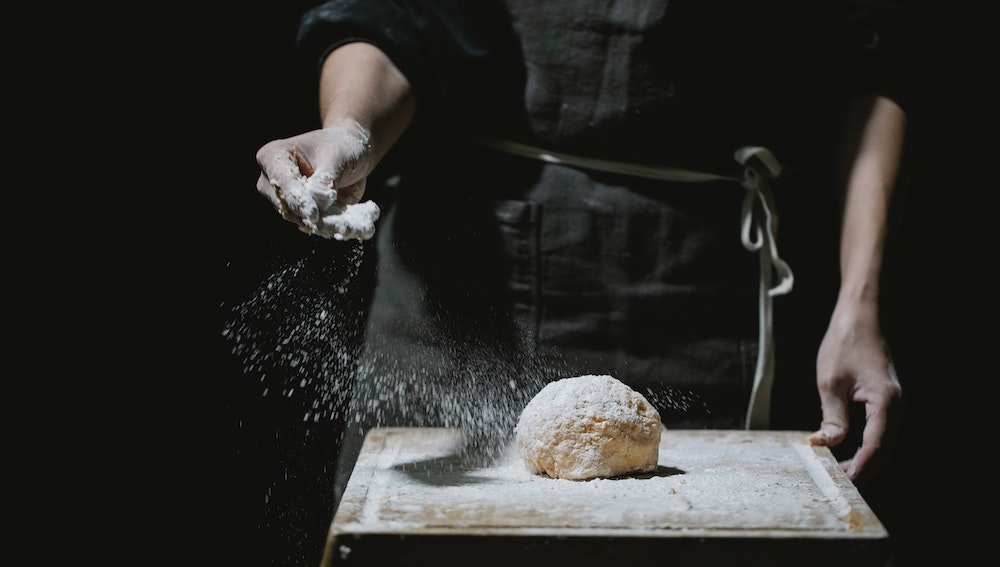
Finding the perfect cracker meal substitute can be challenging, especially when considering healthy options that maintain taste and texture.
There are several healthier alternatives to traditional crackers that can be easily incorporated into recipes. This section discusses some popular choices, including almond flour, oats, coconut flour, and brown rice.
Almond flour is a nutritious and versatile cracker meal substitute. Made from finely ground almonds, it is gluten-free and low in carbohydrates, making it an excellent choice for those following keto or gluten-free diets.
Almond flour adds a nutty flavor and crunchy texture to crackers and other baked goods, while also providing a good source of protein, fiber, and healthy fats.
Oats are another nutritious replacement for traditional crackers. Oats can be ground into a fine flour or used in their whole or rolled form, which adds texture to recipes.
Oats are high in fiber, protein, and essential nutrients like iron and magnesium, and they are known to have a low glycemic index which may help in controlling blood sugar levels. Additionally, incorporating oats into cracker recipes can create a satisfying crunch and slightly sweet taste.
Coconut flour is a unique and flavorful option for cracker meal substitution. Derived from the meat of mature coconuts, coconut flour is gluten-free and high in fiber, making it an ideal alternative for those with gluten sensitivities or following a low-carb diet.
The mildly sweet taste of coconut flour can complement both savory and sweet cracker recipes, and it absorbs liquid well, creating a dense and satisfying texture.
Brown rice can serve as a wholesome alternative for cracker meal. Brown rice flour, made from whole-grain rice, retains the bran and germ, resulting in a higher nutritional value compared to its refined white rice counterpart.
Brown rice adds a mild, nutty flavor and moist texture to crackers and baked goods. It is rich in minerals such as magnesium, phosphorus, and manganese, as well as being a source of dietary fiber.
In conclusion, considering healthier cracker meal substitutes like almond flour, oats, coconut flour, and brown rice is a smart choice for individuals looking to maintain a balanced diet while enjoying delicious snacks.
By experimenting with these versatile alternatives, one can create nutritious, satisfying crackers that meet dietary needs and taste preferences.
Snack That Double as Substitutes
Cracker meal substitutes can be found in various snack options, which bring unique textures and flavors to dishes while also maintaining a crisp texture when used as a breading. The following snacks are effective cracker meal substitutes:
Pretzels: These twisted snacks provide a crunchy and slightly salty first choice when considering cracker meal substitutes. Crushed pretzels work exceptionally well when used as breading for chicken, fish, or vegetables. They can also add an interesting texture when mixed with ground meat for hamburger patties or meatloaf.
Tortilla chips: A popular snack choice, tortilla chips deliver a crisp texture and a hint of corn flavor when ground into fine crumbs. This makes them a versatile ingredient suitable for breading, adding to casseroles, or sprinkling over salads.
Additionally, they can help bring a Mexican-inspired touch to a dish when used in recipes that call for cracker meal.
Corn flakes: Corn flakes offer another convenient and available cracker meal substitute. These can be ground into a fine or coarse texture to suit various recipes, including those for breading or as a filler in meatloaf.
With their neutral corn flavor, they can seamlessly blend into numerous dishes without interfering with the overall taste.
Potato chips: Finally, potato chips can be an indulgent and savory substitute for cracker meal. Crushed potato chips work well when used as a crust for baked or fried dishes, lending a unique taste and texture to fish, chicken, or vegetables.
Opt for plain, unsalted potato chips to avoid added flavors conflicting with the dish being prepared.
In conclusion, the above-mentioned snacks can serve as effective substitutes for cracker meal without compromising flavor or texture in your favorite recipes. Give them a try to explore new tastes and exciting culinary variations.
Vegetables as Substitutes
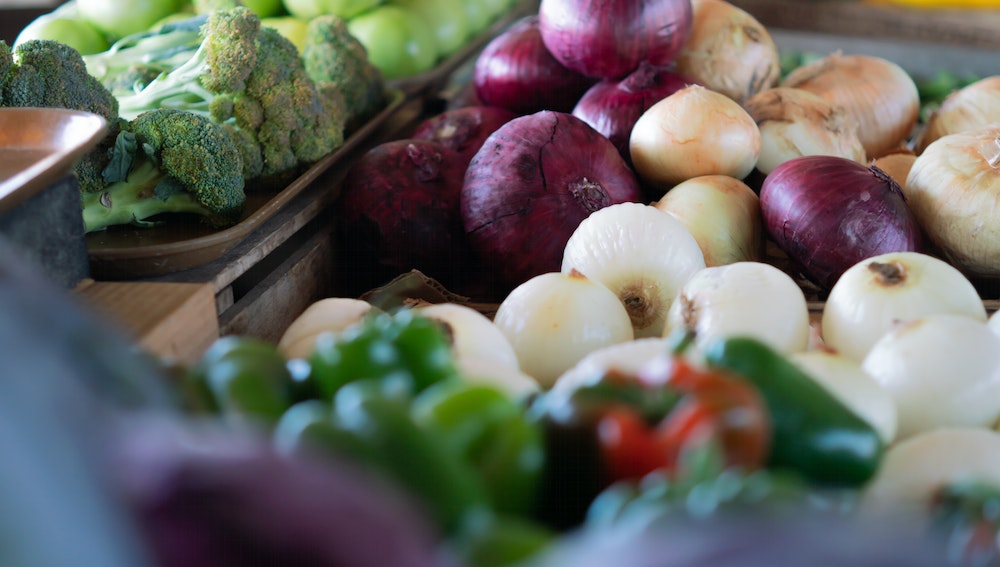
Vegetables can be a healthy and versatile alternative to cracker meal in various recipes. With their natural flavors, vitamins, and minerals, they offer an appealing option for those seeking a more wholesome ingredient substitution.
Onions can be a great substitute when minced or finely chopped. The strong flavor and aroma of onions can add depth to the dish without overpowering it. The natural sugars present in onions may also result in slight caramelization, creating a delicious taste and texture.
Carrots are another excellent choice for a cracker meal replacement. Shredded or grated carrots can provide a hint of sweetness, and their firm texture holds up well in many dishes. Packed with essential nutrients such as vitamin A and potassium, this option is both tasty and beneficial for one’s health.
Tomatoes can also be used as a cracker meal alternative. Finely chopped fresh tomatoes or tomato paste will not only give a dish rich flavor and vibrant color, but also provide essential nutrients such as vitamin C and lycopene. As a substitute, they work well in recipes that require moisture and a slight tang.
When considering vegetables as a cracker meal substitute, it’s essential to account for any differences in texture or taste that the chosen vegetables may bring to the dish.
Note that each vegetable’s unique characteristics may result in slight recipe adjustments to achieve the desired flavors. Overall, vegetables offer a nutritious and versatile way to swap out cracker meal in various recipes.
Comparison of Cracker Meal Substitutes
When looking for a cracker meal substitute, it’s important to consider the different options available and how each may affect the flavor, texture, and nutritional profile of the dish.
Here we’ll compare popular cracker meal substitutes in terms of their taste, texture, and nutritional content.
Breadcrumbs are a common cracker meal substitute. They offer a similar crispy texture but may have a slightly different flavor, as many breadcrumbs are made from seasoned bread. Depending on the type, breadcrumbs can vary in salt content and calorie count.
Generally, they are lower in sodium than cracker meal but have a higher calorie and carbohydrate content. Breadcrumbs also tend to have a small amount of protein, fiber, and fats.
Panko is a type of Japanese breadcrumb. Light and airy, it provides a crisper texture than regular breadcrumbs. Panko’s neutral flavor makes it versatile and suitable for various dishes. Nutritionally, panko is low in sodium and calories. It contains a small amount of protein, fiber, and fats, but no significant amounts of saturated fats or cholesterol.
Cornmeal offers a slightly grainier texture than cracker meal, but its mild, slightly sweet flavor is often a compatible substitute. Cornmeal has a lower sodium content and higher fiber content than cracker meal.
It also contains some protein, fats, and carbs but is free of cholesterol and saturated fats. In addition, cornmeal is rich in nutrients such as iron, magnesium, and vitamin B6.
Crushed cereal can be another alternative, particularly for dishes that call for a mild, neutral flavor. Options like cornflakes or Rice Krispies can add crispiness without being overly salty.
Nutritional content varies depending on the specific cereal, but most will have lower sodium levels and higher calorie counts than cracker meal. Cereals also usually contain some protein, fiber, and varying levels of fats and carbohydrates.
Ground nuts like almonds or pecans provide a unique flavor but can work well as a crust or coating. However, nuts come with a higher fat and calorie content compared to cracker meal.
Still, they offer considerable nutritional value as they are rich in fiber, protein, healthy fats, and essential vitamins and minerals. Keep in mind the salt content if using salted nuts, as they could make the dish saltier than intended.
In conclusion, choosing the right cracker meal substitute largely depends on the desired flavor, texture, and nutritional content. Breadcrumbs and panko offer the closest similarity in texture, while cornmeal and cereals can provide a lighter, airier crunch.
Nuts, while flavorful, come with the trade-off of increased calories and fat. Weigh your options carefully to determine the best substitute for your specific dish.
Gluten-Free and Paleo Options
When searching for cracker meal substitutes that cater to gluten-free, paleo, and ketogenic diets, there are several options available. For gluten-free needs, consider using almond flour or coconut flour in place of traditional cracker crumbs.
These flours are made from ground nuts and seeds, respectively, and do not contain any gluten. They also provide a good source of healthy fats and proteins, making them suitable for paleo and ketogenic diets.
Another option is to use ground flaxseeds or chia seeds, which are both high in fiber, omega-3 fatty acids, and other essential nutrients.
When combined with water, they create a gel-like consistency that can replace cracker crumbs in most recipes. These seeds are also gluten-free and paleo-friendly, making them a versatile choice for various dietary restrictions.
For those on a ketogenic diet, parmesan crisps can be an excellent cracker meal substitute. Made from baked parmesan cheese, they have a crunchy texture and savory flavor that work well in recipes requiring cracker crumbs.
Not only are they gluten-free and high in healthy fats, but they also contain very few carbohydrates, allowing keto dieters to enjoy their favorite dishes without compromising their dietary goals.
Here are some gluten-free and paleo-friendly cracker meal substitutes:
- Almond flour: gluten-free, paleo, keto-friendly
- Coconut flour: gluten-free, paleo, keto-friendly
- Ground flaxseeds: gluten-free, paleo, keto-friendly
- Chia seeds: gluten-free, paleo, keto-friendly
- Parmesan crisps: gluten-free, keto-friendly
Always double-check the labels on these products to ensure they meet your specific dietary needs. Remember that each substitute may have different taste and texture profiles, so some experimentation may be required to find the perfect fit for your recipes.
Homemade Cracker Meal
Homemade cracker meal is a practical and cost-effective substitute for store-bought options. It is not only easy to make, but it also allows customizing the flavor profile to fit specific recipes. To make homemade cracker meal, all that’s needed are crackers and a rolling pin.
Start with choosing crackers that complement the dish. Saltines, Ritz, or whole wheat crackers are some popular choices. Next, place a handful of crackers in a sealable plastic bag, ensuring it is tightly sealed.
With the crackers securely in the bag, use a rolling pin to crush them into a fine meal. This process can be achieved by either rolling the pin back and forth across the bag or gently striking the bag with the pin.
Continue crushing until the desired consistency is reached. One important tip is to apply even pressure, ensuring uniformly sized crumbs throughout the meal.
Once the desired texture is achieved, measure out the cracker meal as needed for the recipe. If any cracker meal remains, it can be stored in an airtight container for later use.
Creating homemade cracker meal provides an opportunity to experiment with different types of crackers and flavor combinations. This customization can enhance the flavors and textures of many dishes, from casseroles to breadings.
Preparing Your Substitute in Recipes
When preparing a cracker meal substitute in recipes, it is essential to consider the texture, taste, and function of the substitute. First, consider the type of dish you’re preparing. Cracker meal is often used as a coating for fried or baked foods, so choose a substitute that will provide a similar crunch and texture.
For example, breadcrumbs can be used as a direct substitute for cracker meal. To make breadcrumbs, simply process stale or toasted bread in a food processor until it reaches the desired consistency. Season with salt, pepper, or other spices if desired.
Another option is crushed cornflakes. These provide a crispy and slightly sweet coating, perfect for oven-baked dishes. To crush cornflakes, place them in a resealable plastic bag and use a rolling pin or mallet to break them into smaller pieces.
A vital aspect of preparing a cracker meal substitute in recipes is using a binder. A binder helps the substitute adhere to the food, ensuring an even coating. Binders typically include eggs, milk, or a mixture of both. Dip the food into the binder and then into the cracker meal substitute, pressing lightly to ensure proper adhesion.
Keep in mind that the choice of substitute will affect the final outcome of the recipe. Adjust seasonings and cooking times accordingly to ensure that your dish is cooked to perfection. By selecting an appropriate substitute and using a binder, your dish will have a delicious and satisfying texture, even without the traditional cracker meal.
Storing and Reheating
When it comes to storing and reheating cracker meal substitutes, proper techniques are essential for maintaining quality and taste. Here are some practical tips to help ensure the best results.
Firstly, store the unused cracker meal substitutes in a cool, dry place, ideally within airtight containers. This will preserve their freshness and prevent any moisture from affecting the texture.
Reheating cooked dishes containing cracker meal substitutes should be done carefully to avoid overcooking or drying them out. This can be achieved using a few different methods, depending on the dish prepared.
For oven-baked dishes, such as casseroles or gratins, preheat the oven to 350°F (180°C) and transfer the dish to an oven-safe container if not already in one.
Cover with aluminum foil to prevent excessive browning, and reheat for approximately 15-20 minutes or until heated through. The foil can be removed during the final minutes if desired for browning.
If heating on the stovetop, choose a low heat setting and add a small amount of liquid, like broth or water, to the pan. This will gently steam the dish and help maintain moisture. Stir occasionally to prevent sticking, and keep a watchful eye on the heat to avoid burning.
For microwave reheating, transfer the dish to a microwave-safe container, and cover it with a microwave-safe lid or plastic wrap. Be sure to leave a small vent for steam to escape.
Heat on medium-high power (70% power) for 2-3 minutes, then check the temperature and adjust as necessary. Stir halfway through the reheating if possible to ensure even heating.
Remember to follow these storage and reheating guidelines in order to get the best results and enjoy your cracker meal substitute dishes at their finest.
Conclusion
Cracker meal substitutes can be of great help when this specific ingredient is not readily available. To ensure a satisfactory result, it is essential to choose the right alternative based on the recipe at hand.
Some of the popular cracker meal substitutes include breadcrumbs, panko, crushed cereal, and crushed crackers. Breadcrumbs, for instance, can be an excellent choice when preparing meatloaf or meatballs, as they provide a similar texture to cracker meal. Panko, on the other hand, is the go-to option for a crispy and light coating in dishes like fried fish or chicken.
Crushed cereal can be used in a pinch if one needs an alternative with a neutral flavor. Consider using unsweetened cornflakes or rice cereals in this case. For a much closer match to cracker meal, consider using crushed crackers that have a similar flavor profile.
In conclusion, finding the best cracker meal substitute depends on the specific recipe requirements and desired outcomes. By taking these factors into account, success in substituting cracker meal can be easily achieved.
Related posts:
Frequently Asked Questions
What can I use instead of cracker meal?
There are several substitutes for cracker meal, depending on the recipe and personal preference. Some popular alternatives include breadcrumbs, panko, cornmeal, crushed crackers, and even ground nuts or oats. It’s important to consider the texture and flavors of these substitutes when using them in a recipe.
How do I make homemade cracker meal?
To make homemade cracker meal, simply take a few crackers of your choice and crush them into fine crumbs. This can be done using a rolling pin, a food processor, or a blender. Ensure that the crumbs are evenly sized and free of larger pieces to achieve the desired consistency.
Are bread crumbs similar to cracker meal?
Yes, breadcrumbs are similar to cracker meal in that they both consist of finely ground crumbs. Breadcrumbs can be made from various types of bread, while cracker meal comes specifically from crushed crackers. However, they can often be used interchangeably in recipes that call for a crispy coating or a binder.
Can I use panko as a cracker meal substitute?
Panko, a type of Japanese breadcrumb, can be used as a substitute for cracker meal in some recipes. It is lighter and flakier than traditional breadcrumbs and gives a crispier texture to fried or baked dishes. However, panko may not be suitable for recipes that require a finer crumb due to its coarser texture.
Is cornmeal a good alternative for cracker meal?
Cornmeal can be a suitable alternative for cracker meal in some recipes, particularly those that benefit from a slightly coarser and more textured coating. When using cornmeal as a substitute, it’s important to note that it may have a stronger, corn-forward flavor compared to cracker meal.
Can I replace cracker meal with crushed crackers?
Yes, crushed crackers can be used as a substitute for cracker meal. Simply select the type of crackers you prefer, and crush them into fine crumbs similar to the texture of cracker meal. This can be a quick and easy alternative, especially if you already have crackers available in your pantry.


